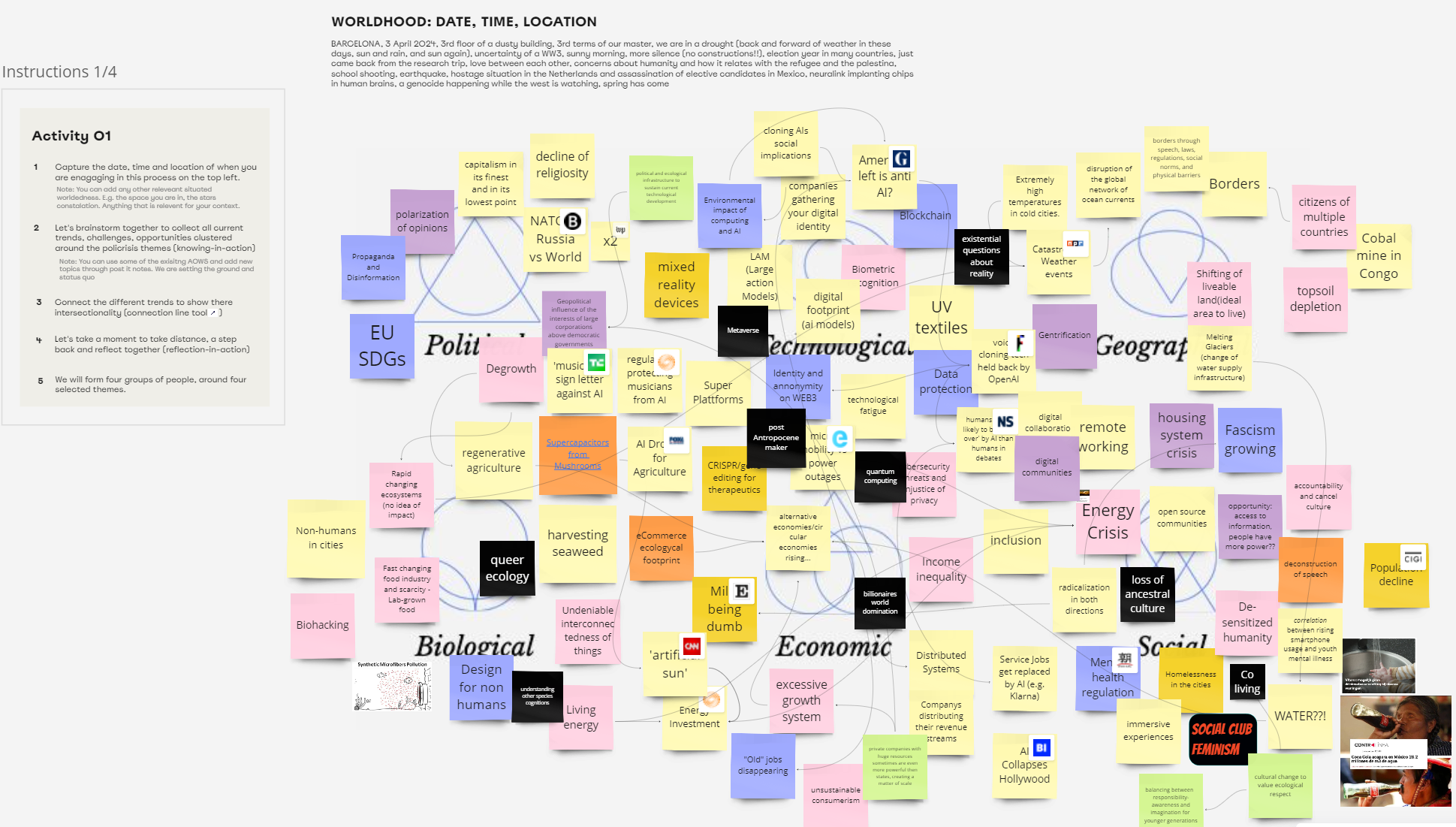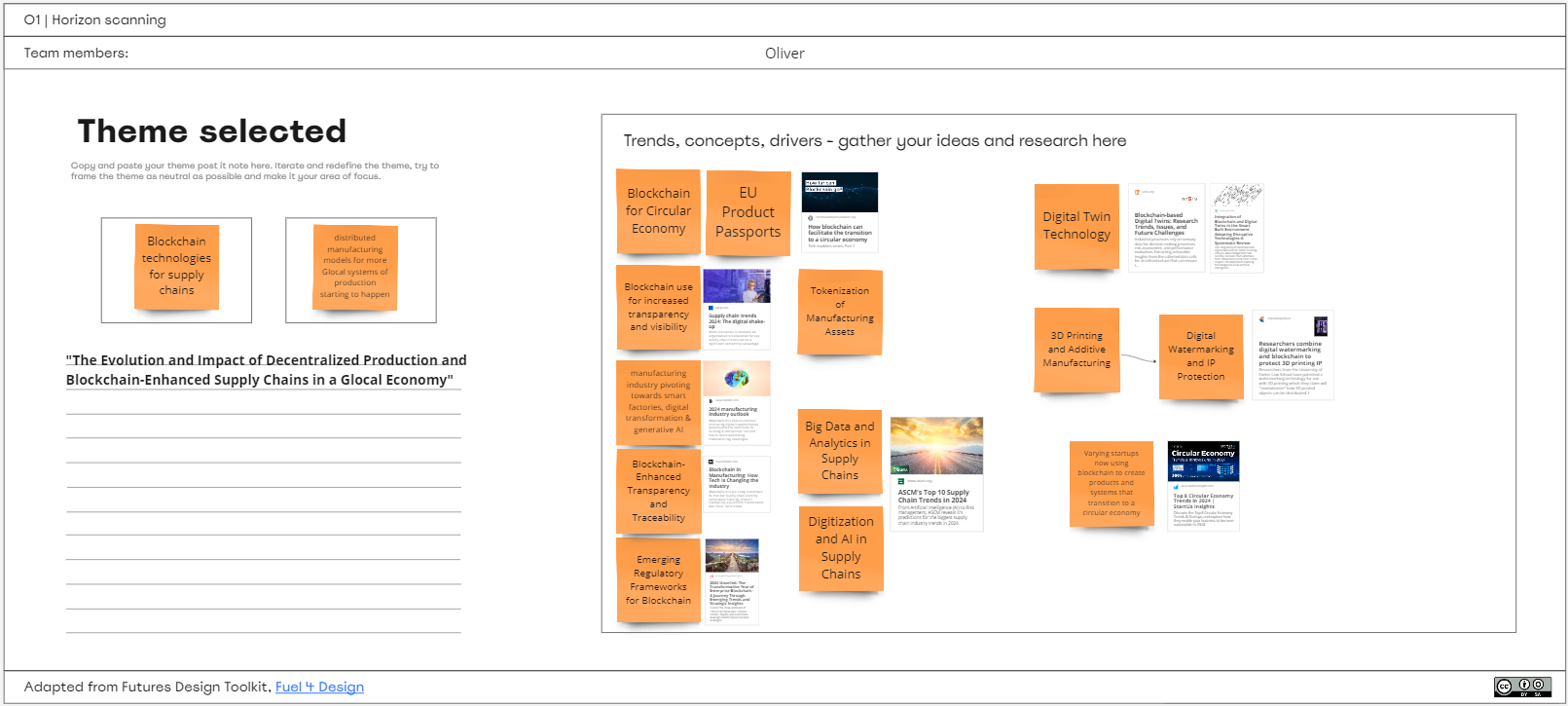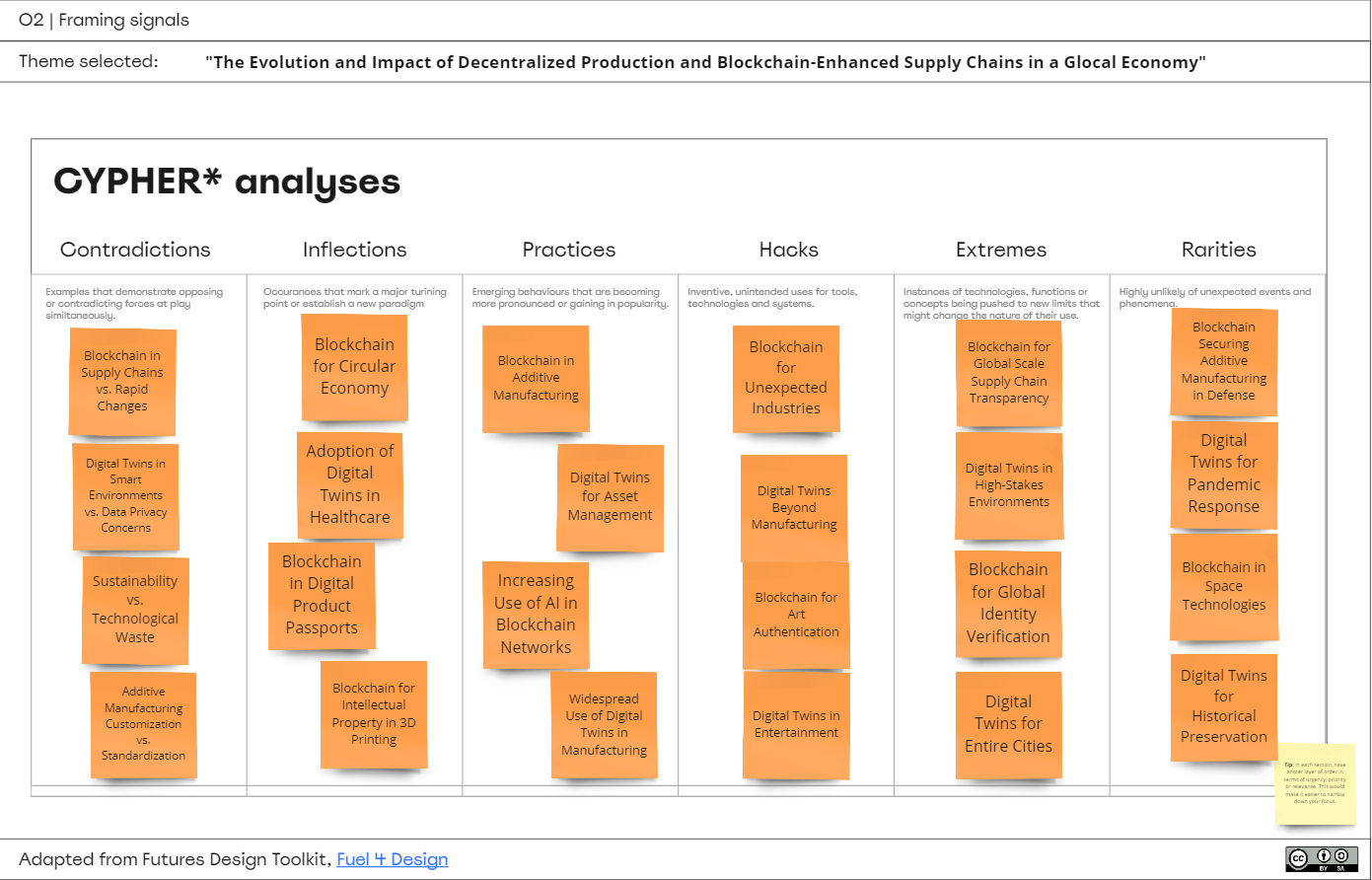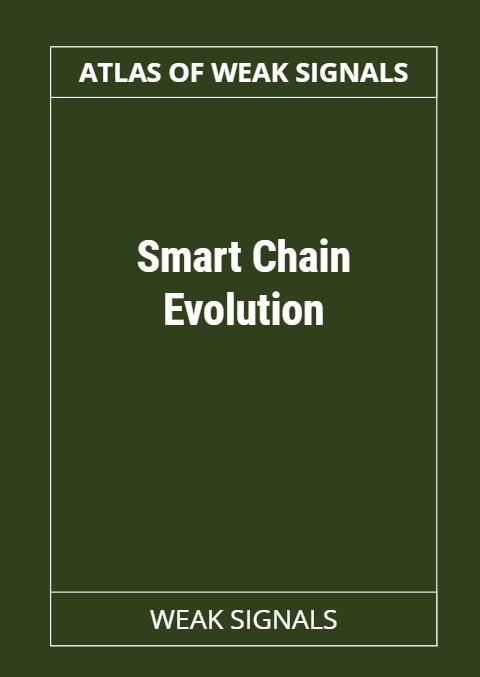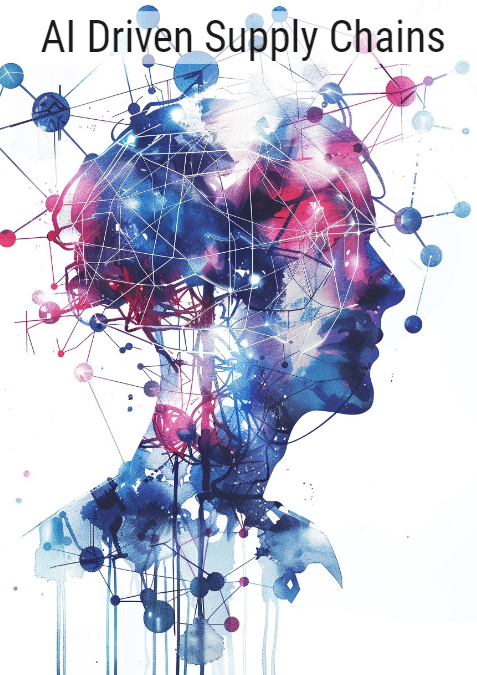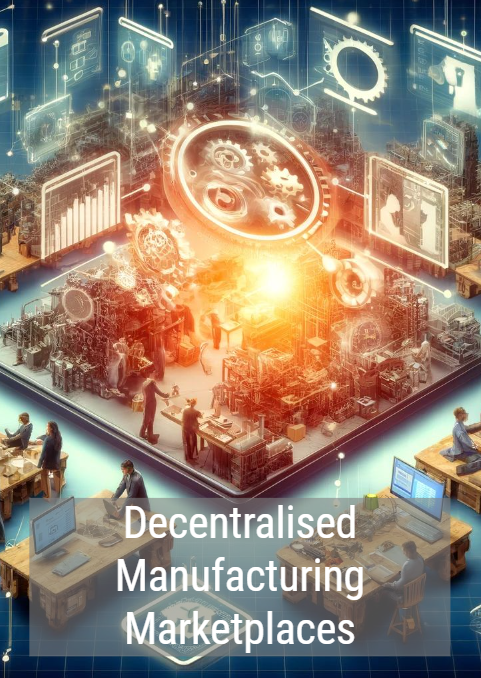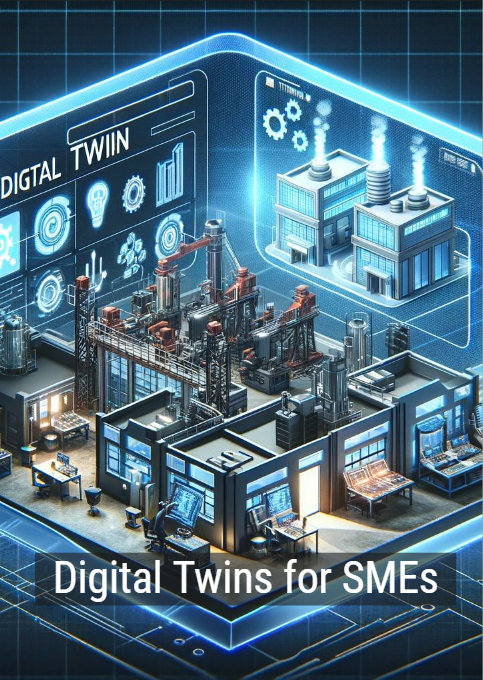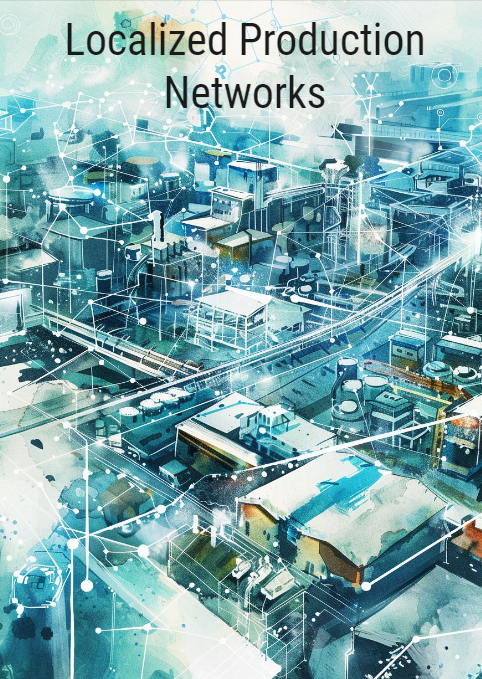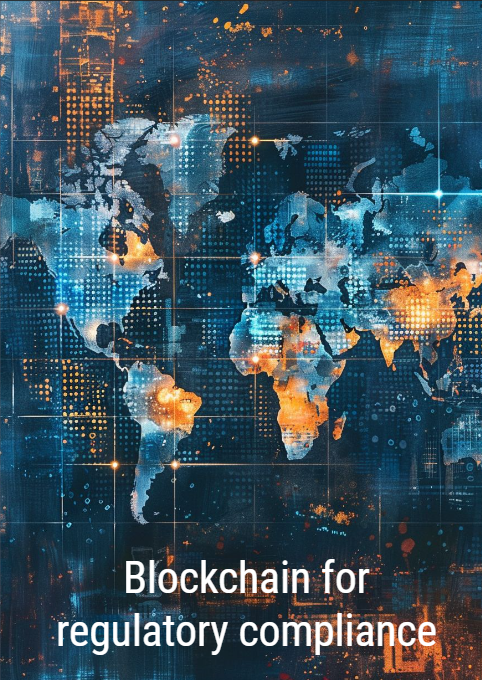Finding New Signals¶
Too Long Didn’t Read
The is a reflection on completing the area of weak signals new signal creation exercise alone. I found it interesting to explore emerging trends and technologies like blockchain for global manufacturing. I used generative AI to enhance my research process, using it as a collaborative research partner. I originally struggled to complete the exercise without a group for collaboration but found AI collaboration helpful and insightful.
This is my attempt at completing the new weak signal creation exercise developed by Jessica Guy and Olga Trevistan that makes up part of the Atlas of Weak Signals Methodology.
Unfortuantely I missed doing it with a group as I was away, so I took my best stab at doing it alone.
If at first a little difficult to wrap your head around, I found it a really interesting tool for learning how to see emerging trends, areas of opportunities and areas that could become weak spots in the future, and trying to communicate those in a way that could make them clear and relevant for someone else.
Situating current trends, challenges and opportunties¶
The first exercise was to try and categorise current issues, trends, challenges and opportunites across six different categories:
Political Technological Geographical Biological Economic Social
It took a moment to get into, but once you got into the flow it was pretty easy to categorise everything that’s going on in the world. It was really easy to get lost in everything that immediately appears as a problem in the current polycrisis, but after a while I was able to figure out where to place all the good things that were happening in the world as well.
Horizon Scanning¶
The next challenge was to research all the trends, concepts, changes and problems within a current theme that I’d chosen from across the 6 polycrisis themes.
My chosen theme: “The Evolution and Impact of Decentralized Production and Blockchain-Enhanced Supply Chains in a Glocal Economy”
I was interested in researching more about how we could use blockchain technologies to faciliate more transparent and sustainable supply chains, and how we could use that to create more “glocal” manufacturing hubs.
I enjoyed this exercise, as it let me dive really deep into an area that’s always interested me, but since this was meant to be a collaborative group exercise, I thought it would be interesting to collaborate with generative AI instead. Using it to help me make sense of all the different bits of information I’d found across the internet, helping me to identify different patterns and emerging trends that I might have missed otherwise.
CYPHER Analysis¶
This exercise was something very different for me, I’d never come across a CYPHER ananlysis before and spending time to try and figure out just where all the things I’d learned fit within each category of the analysis.
In this exercise it was actually really useful to have an AI as a partner, I went through it first by myself placing each piece of information I’d collected where I thought it belonged and then going over it again with an AI to see where it may have picked up on something that I hadn’t, and using that to stimulate other ways of looking at each issue.
Creating New Cards¶
After all that work, I got to the last exercise I could complete on my own, making my own cards for the Atlas of Weak Signals deck from the issues that I’d fallen down the rabbithole exploring.
Category: Smart Chain Evolution
I narrowed down my cards to areas within this theme that I thought could inspire others to think in a divergent way when combining these technologies with other areas of opportunity or weak signal cards from the rest of the deck.
Cards
Final Thoughts¶
I felt that a lot of the things that I was looking at were painting blockchain technologies and global manufacturing a very positive thing and not really pointing out why perhaps that wasn’t that great and that’s where I think collaborating with an AI tool was really helpful because it would also give me contrasting points to that, which I thought was really cool and interesting.
But overall it was an interesting exercise and something that I enjoyed and found useful, but definitely struggled with a bit more doing it on my own as there weren’t other people to bounce ideas off, but using a generative AI as a collaboration partner in this helped alleviate that a bit and made for an interesting partnership and activity.
Check out the full write up of the exercise here
